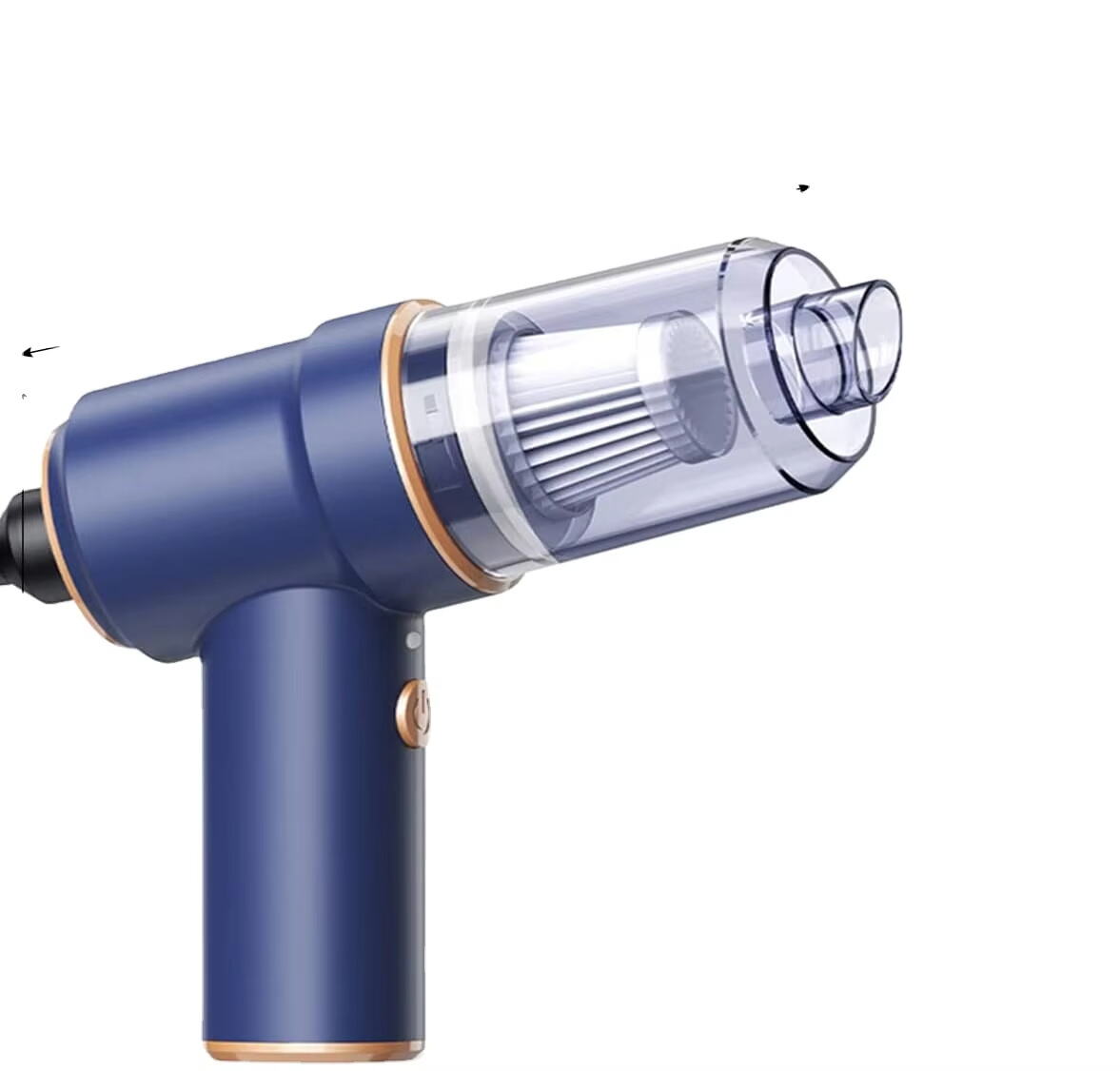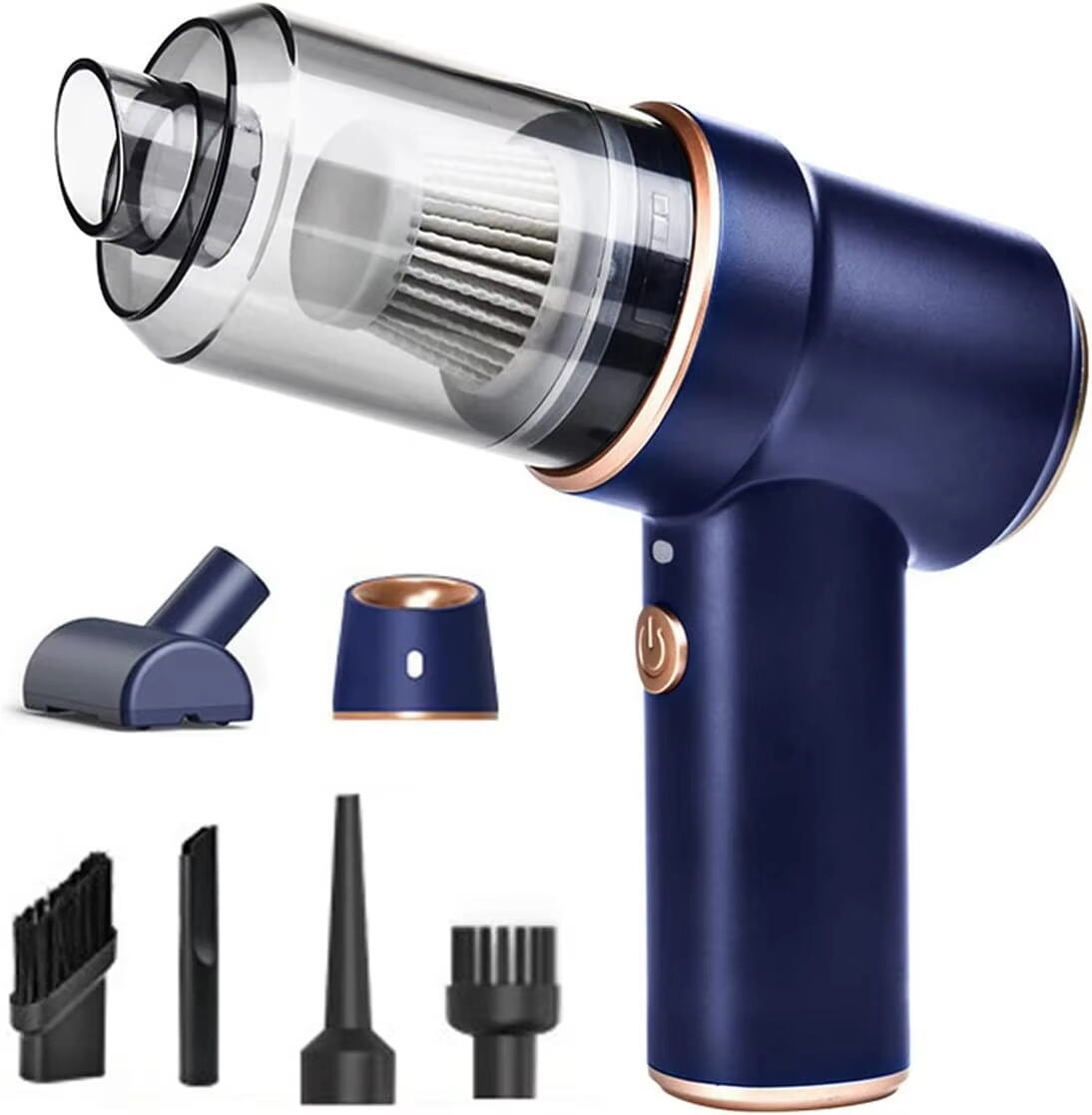The Evolution of Modern Home Cleaning Technology
The landscape of home cleaning has transformed dramatically with the emergence of wireless vacuum technology. These cordless cleaning companions have revolutionized how we approach daily household maintenance, offering unprecedented freedom of movement and convenience. Gone are the days of wrestling with power cords or being tethered to electrical outlets – wireless vacuums represent the perfect fusion of power, mobility, and innovative design.
Modern wireless vacuums combine sophisticated battery technology with powerful suction capabilities, making them increasingly popular among homeowners who value both efficiency and convenience. As we dive deeper into selecting the ideal wireless vacuum, we'll explore the essential features, technological advancements, and practical considerations that will help you make an informed decision.
Key Features to Consider in Wireless Vacuums
Battery Life and Power Management
The heart of any wireless vacuum lies in its battery performance. Modern units typically offer anywhere from 20 to 60 minutes of runtime on a single charge, depending on the power setting and battery capacity. Premium models often come equipped with lithium-ion batteries, known for their consistent power output and longer lifespan. When evaluating battery performance, consider both the runtime and charging time – some advanced models feature quick-charge capabilities or replaceable batteries for extended cleaning sessions.
Look for wireless vacuums with smart power management systems that can adjust suction power based on the surface being cleaned. This feature not only optimizes cleaning performance but also helps preserve battery life when full power isn't necessary.
Suction Power and Cleaning Performance
A wireless vacuum's cleaning capability is directly related to its suction power, measured in air watts (AW) or kilopascals (kPa). High-end models typically offer between 100 to 185 AW, providing enough power to tackle everything from light dust to embedded pet hair. The best units maintain consistent suction throughout their battery cycle, ensuring effective cleaning from start to finish.
Multiple power settings are another crucial feature, allowing you to balance cleaning performance with battery life. Look for models with specialized brush rolls or heads designed for different surfaces – from hardwood floors to high-pile carpets.

Design Elements and Ergonomics
Weight Distribution and Maneuverability
The ideal wireless vacuum should feel balanced and comfortable during use. Most quality models weigh between 2.5 to 6.5 pounds, with the weight distributed to prevent strain during extended cleaning sessions. Consider how the vacuum feels when maneuvering around furniture, under tables, and in tight corners. Some models feature swivel heads or flexible wands that make navigation easier.
Storage solutions are equally important – look for wireless vacuums with wall-mounting options or compact storage configurations that don't require much space. The best designs allow for easy emptying of the dust bin and simple maintenance of filters and brushes.
Versatility and Attachments
Modern wireless vacuums often transform into handheld units for spot cleaning and accessing hard-to-reach areas. The range of included attachments greatly expands their functionality – from crevice tools for tight spaces to upholstery brushes for furniture. Some premium models even come with specialized attachments for pet hair removal or delicate surface cleaning.
Consider models that offer tool storage solutions, either on the vacuum itself or through a separate organizing station. This ensures accessories are always readily available when needed.
Maintenance and Longevity Considerations
Filtration Systems and Dust Management
High-quality filtration is essential for maintaining indoor air quality. Look for wireless vacuums with HEPA filtration systems that can capture 99.97% of particles as small as 0.3 microns. Multi-stage filtration systems help prevent dust and allergens from escaping back into the air during cleaning.
The dust bin capacity and emptying mechanism are crucial for convenient maintenance. Some models feature hands-free emptying systems that minimize contact with collected debris, while others incorporate compressed dust technology to maximize bin capacity.
Long-term Durability and Support
Investment in a quality wireless vacuum should be backed by robust warranty coverage and reliable customer support. Look for models with warranties extending beyond the standard one-year period, particularly for battery coverage. Consider the availability and cost of replacement parts, such as filters, batteries, and brushes.
Regular maintenance requirements should be straightforward and well-documented. The best manufacturers provide clear guidelines for filter cleaning, brush maintenance, and general care to ensure optimal performance throughout the vacuum's lifespan.
Frequently Asked Questions
How long should a wireless vacuum battery last between charges?
A quality wireless vacuum should provide 20-60 minutes of cleaning time on a single charge, depending on the power setting used. Premium models typically offer longer runtime and may include features like replaceable batteries or quick-charging capabilities.
Are wireless vacuums as powerful as corded models?
Modern wireless vacuums have made significant strides in power efficiency. While top-tier wireless models can match or exceed the performance of many corded vacuums, they may need to balance power usage with battery life. The latest technology in motor design and battery systems has largely bridged the performance gap between corded and wireless options.
What maintenance is required for a wireless vacuum?
Regular maintenance typically includes emptying the dust bin after each use, washing or replacing filters every 1-3 months, checking and cleaning brush rolls periodically, and ensuring the battery is properly charged. Following the manufacturer's maintenance guidelines will help extend the life of your wireless vacuum and maintain optimal performance.

